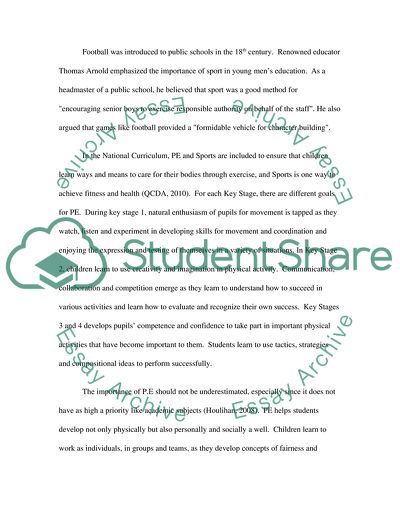Cite this document
(Integrating Football, Physical Education and Children with Special Coursework, n.d.)
Integrating Football, Physical Education and Children with Special Coursework. https://studentshare.org/education/1737790-sporteducation-and-society
Integrating Football, Physical Education and Children with Special Coursework. https://studentshare.org/education/1737790-sporteducation-and-society
(Integrating Football, Physical Education and Children With Special Coursework)
Integrating Football, Physical Education and Children With Special Coursework. https://studentshare.org/education/1737790-sporteducation-and-society.
Integrating Football, Physical Education and Children With Special Coursework. https://studentshare.org/education/1737790-sporteducation-and-society.
“Integrating Football, Physical Education and Children With Special Coursework”. https://studentshare.org/education/1737790-sporteducation-and-society.


